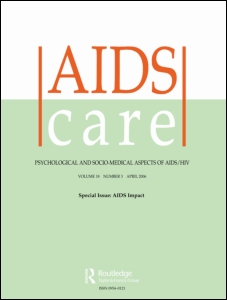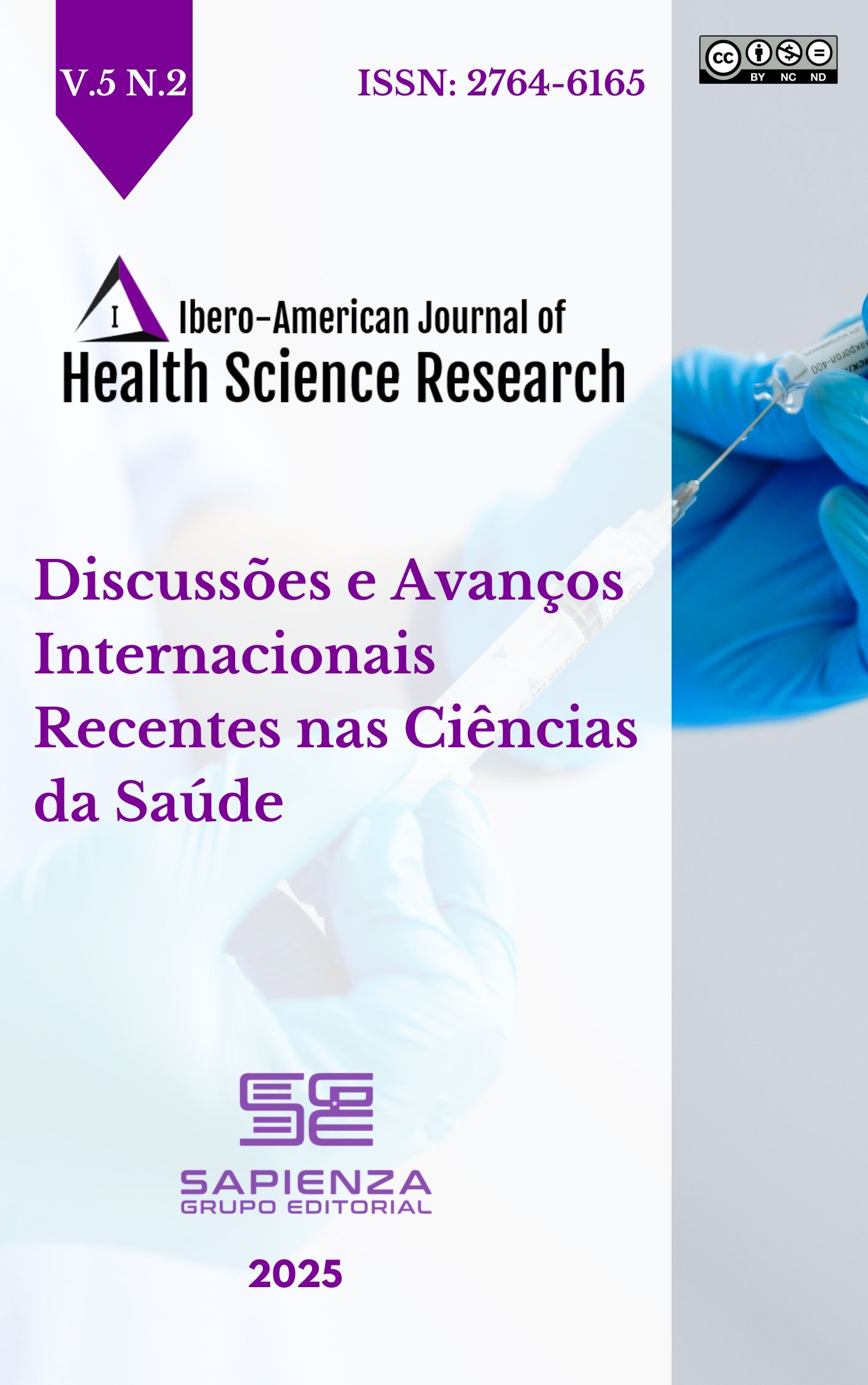Resum
Food insecurity is an important risk factor for overweight and obesity among low-income
populations in high income countries, but has not been well-studied among people living with
HIV (PLHIV), particularly in resource-poor settings. To explore the association between food
insecurity and overweight and obesity among PLHIV in the Dominican Republic, we conducted a
cross-sectional study of 160 HIV-infected adults between March-December 2012 in four
geographically-dispersed health centers (Santo Domingo, Puerto Plata, San Juan, and Higuey).
We collected information on household food insecurity, anthropometric measurements, and
socio-demographic data and ran descriptive and multivariate analyses, controlling for fixed
effects of clinics and using robust standard errors. Mean age ± SD of participants was 39.9 ± 10.5
years; 68% were women, and 78% were on antiretroviral therapy (ART). A total of 58% reported
severe household food insecurity. After controlling for age, gender, income, having children at
home, education, and ART status, severe food insecurity was associated with increased body
mass index (BMI) (ß = 1.891, p = 0.023) and body fat (ß = 4.004, p = 0.007). Age and female gender
were also associated with increased body fat (ß = 0.259, p < 0.001 and ß = 8.568, p < 0.001,
respectively) and age and ART status were associated with increased waist circumference (ß =
0.279, p = 0.011 and ß = 5.768, p = 0.046, respectively). When overweight was examined as a
dichotomous variable (BMI = 25.0), severe food insecurity was associated with an increased odds
of 3.060 (p = 0.013); no other covariates were independently associated with overweight. The
association of severe food insecurity with increased BMI, body fat, and overweight among PLHIV
has important implications for clinical care as well as food security and nutrition interventions in
resource-poor settings. Integrated programs that combine nutrition education or counseling with
sustainable approaches to addressing food insecurity among PLHIV are needed to improve longterm
health outcomes of this vulnerable population.






